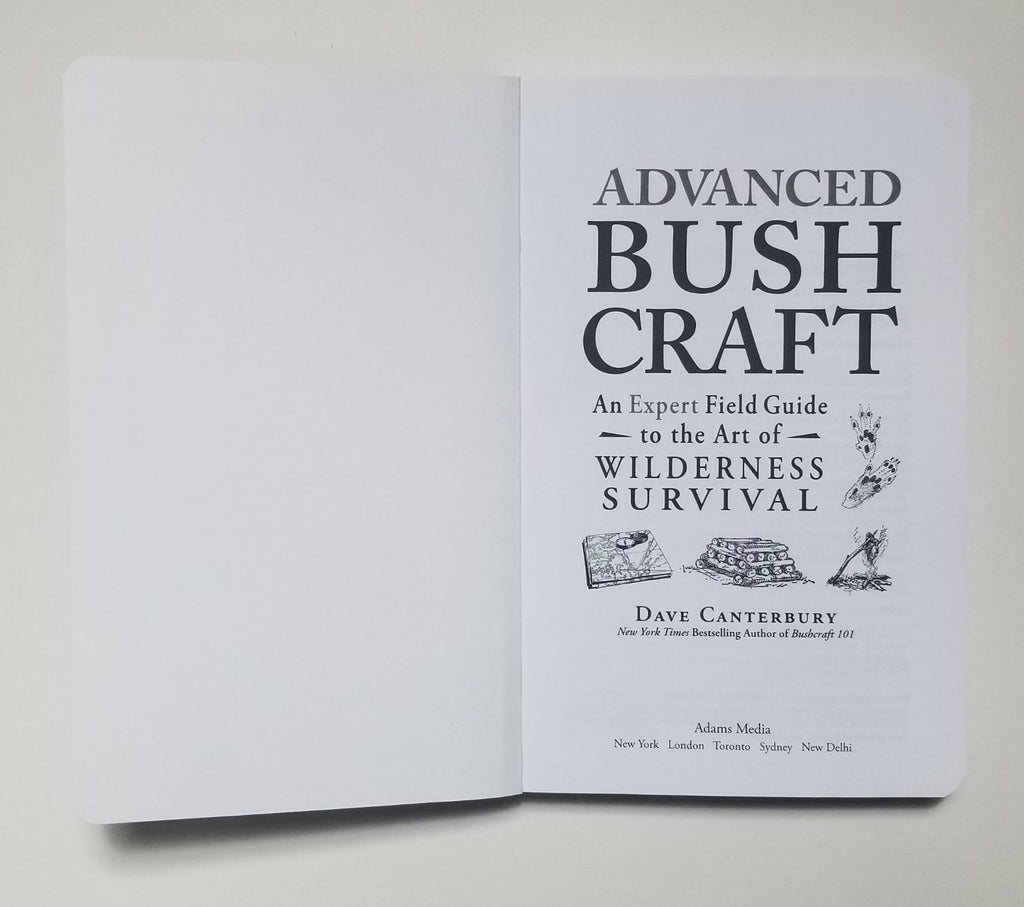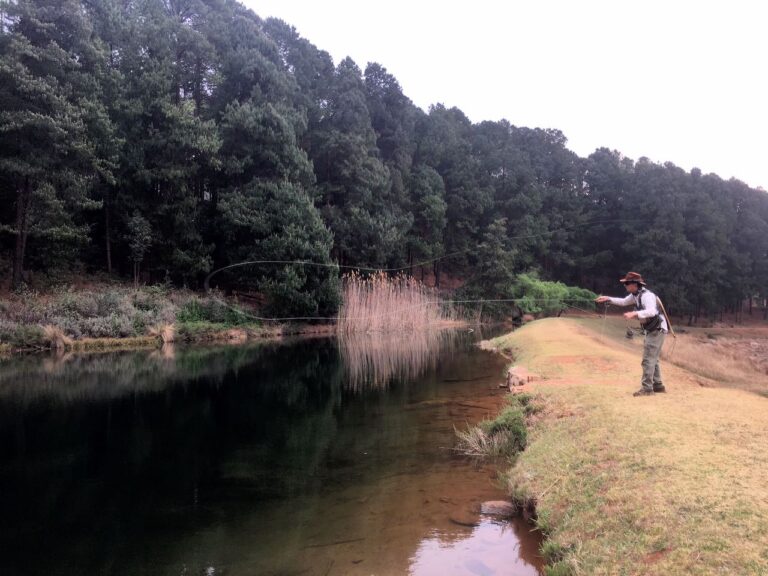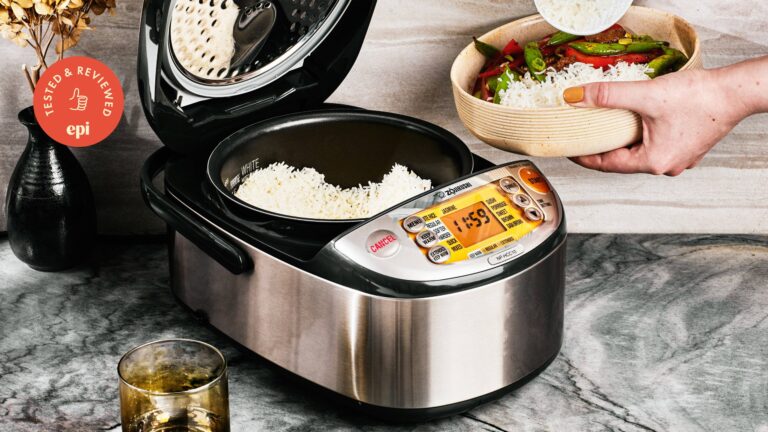To use a fishing stringer, simply thread the stringer through the fish’s gills and mouth, and secure it with a clasp or knot. The stringer allows you to keep the fish alive in the water while you continue fishing.
Fishing is a popular outdoor activity enjoyed by people of all ages. Whether you’re a seasoned angler or a novice fisherman, using a fishing stringer can be a helpful tool. A fishing stringer is a device used to keep caught fish alive in the water, allowing you to continue fishing without the hassle of carrying a basket or cooler.
It is a simple yet effective way to preserve your catch and ensure its freshness. We will explore the different types of fishing stringers available and provide some tips on how to use them effectively. So, if you’re ready to elevate your fishing experience and maximize your catch, read on to discover the ins and outs of using a fishing stringer.

Credit: www.sportingclassicsstore.com
Choosing The Right Fishing Stringer
When it comes to fishing, having the right equipment is essential for a successful and enjoyable experience. One such piece of equipment that every angler should have in their arsenal is a fishing stringer. A fishing stringer is a handy tool used to secure your catch while you continue fishing.
It allows you to keep your fish alive and fresh until you’re ready to clean them.
Selecting the appropriate fishing stringer material:
When choosing a fishing stringer, consider the material it’s made of. Different materials offer varying benefits and are suitable for different fishing situations. Here are the key points to keep in mind:
- Stainless steel: This material is highly durable and corrosion-resistant, making it perfect for saltwater fishing. It can withstand harsh conditions and is less likely to rust.
- Braided nylon: Nylon stringers are lightweight and flexible, making them easy to handle. They are a popular choice for freshwater fishing and are less likely to tangle or snag on underwater structures.
Understanding the different types of fishing stringers:
Fishing stringers come in different configurations, each with its own advantages. Here are the main types to consider:
- Stick stringer: This is the most basic type of fishing stringer, consisting of a sturdy stick with a pointed end to secure the fish. Stick stringers are simple to use and cost-effective, but they offer limited mobility.
- Clip stringer: Clip stringers feature a series of metal or plastic clips attached to a durable rope or chain. These clips firmly hold the fish, allowing for easy attachment and detachment. Clip stringers are versatile and convenient when you need to add or remove fish quickly.
Factors to consider when choosing a fishing stringer:
As you decide on the right fishing stringer for your needs, consider the following factors:
- Fish size: Ensure that the stringer you choose can accommodate the size and weight of the fish you typically catch. Some stringers have weight limits, so be sure to check their specifications before making a purchase.
- Length: Consider the length of the stringer to ensure it’s suitable for the fishing environments you frequent. Longer stringers provide more flexibility, allowing you to secure your catch in deeper water or around structures.
- Ease of use: Opt for a fishing stringer that is easy to handle and operate, especially when you have your hands full with fishing gear. Look for features such as secure attachment mechanisms and comfortable handles.
- Safety: Ensure that the fishing stringer you choose prioritizes the safety of both you and the fish. Avoid stringers that can harm the fish or cause injury to you, such as those with sharp edges or inadequate attachments.
Remember to consider your fishing preferences, the type of fish you commonly catch, and the environments in which you fish before making a final decision. By selecting the right fishing stringer material and understanding the different types available, you can ensure a successful and convenient fishing experience.
Proper Techniques For Using Fishing Stringer
Preparing The Fishing Stringer For Use
Before you head out on your fishing trip, it’s important to properly prepare your fishing stringer. Here are a few key points to keep in mind:
- Choose the right stringer: Select a fishing stringer that is sturdy and appropriate for the size of fish you plan to catch. A strong and durable stringer will ensure the fish stays secure throughout your fishing trip.
- Check for any damage: Before using the fishing stringer, inspect it for any signs of damage or wear. Look for frayed sections or weak points that may need repair or replacement. It’s essential to use a stringer in good condition to avoid any mishaps.
- Clean the stringer: Ensure that the fishing stringer is clean and free from any dirt or debris. This will prevent any unwanted substances from potentially harming the fish or causing contamination.
- Properly secure the stringer: Make sure that the stringer is securely attached to your fishing gear or boat. This will prevent the stringer from becoming loose and potentially allowing the fish to escape.
Effective Techniques For Attaching Fish To The Stringer
Now that you have your fishing stringer ready, it’s time to learn how to attach fish properly. Here are some effective techniques to follow:
- Insert the stringer through the gills: Gently insert the fishing stringer through the gills of the fish. This method ensures that the fish stays securely on the stringer while minimizing any potential harm.
- Secure the stringer in the mouth: Another technique is to secure the fishing stringer by threading it through the fish’s mouth. This method is particularly useful for larger fish, as it provides a strong and secure attachment point.
- Space the fish appropriately: To prevent tangling and ensure the fish stay secure, space them evenly along the stringer. This will also help prevent the fish from knocking against each other and causing damage.
Ensuring The Safety And Security Of The Fish On The Stringer
Once the fish are attached to the fishing stringer, it’s crucial to prioritize their safety and security. Here are a few tips to ensure they remain protected:
- Avoid dragging the fish: When moving or repositioning the fish, avoid dragging them along the ground or any rough surfaces. This can cause unnecessary harm to the fish and potentially damage the stringer.
- Keep the fish in the water: If possible, keep the fish in the water while they are on the fishing stringer. This helps to maintain their health and reduces stress. Remember to avoid submerging the fish too deeply, as they still need access to oxygen.
- Monitor the fish regularly: Check on the fish periodically to ensure they are in good condition. If any fish appear stressed or injured, consider releasing them back into the water to prioritize their well-being.
- Handle the fish carefully: When removing fish from the stringer, handle them gently and with care. Use proper fishing tools or your hands to safely release the fish, ensuring minimal harm or injury.
By following these proper techniques for using a fishing stringer, you can maximize the safety and security of the fish while enjoying your fishing adventure. Remember to always prioritize the well-being of the fish and follow local fishing regulations to ensure a sustainable and enjoyable fishing experience.
Advanced Tips For Mastering The Art Of Fishing Stringer
There’s an art to effectively using a fishing stringer that goes beyond simply hooking your catch onto it. To truly master the art of fishing stringer, you need to learn advanced techniques that will enhance fish holding capacity, manage fish movement and position, and troubleshoot common issues that may arise.
In this section, we will explore these advanced tips in detail.
Enhancing Fish Holding Capacity On The Stringer:
- Ensure that the stringer you use is of good quality and designed to securely hold your catch.
- Select a stringer with enough individual hooks to accommodate the number of fish you expect to catch.
- Space out the fish on the stringer to prevent overcrowding, which can lead to stress and potential damage.
- Consider using a fish bag or cooler with a built-in stringer attachment to provide optimal holding capacity and keep your catch fresh.
- Use a stringer float to keep your catch buoyant and easily visible, especially in murky waters.
- If you’re fishing in an area with strong currents or turbulent waters, consider securing the stringer to a stationary object to prevent fish from being swept away.
Managing Fish Movement And Position On The Stringer:
- Place larger or more aggressive fish closer to the beginning of the stringer to prevent them from attacking smaller or weaker fish.
- Alternate the direction in which the fish are positioned on the stringer to minimize entanglements and tangles.
- If you notice any signs of stress or injury in a fish, consider removing it from the stringer and releasing it back into the water to prevent further harm.
- Monitor the fish on the stringer regularly to ensure they’re positioned properly and haven’t become tangled or injured.
Troubleshooting Common Issues With Fishing Stringers:
- If fish become entangled or tangled on the stringer, carefully untangle them to minimize stress and prevent further injury.
- In case of broken or malfunctioning hooks on the stringer, always carry spare hooks or an extra stringer to quickly replace them.
- If you encounter difficulties with knotting the stringer securely or attaching it to an anchor point, practice tying knots beforehand or invest in user-friendly stringer options.
- Be cautious when using fish bags or coolers with built-in stringer attachments, as they may become heavy with water and strain the stringer. Consider using additional support or reinforcing the attachment points if needed.
With these advanced tips, you can maximize the effectiveness of your fishing stringer, ensuring that your catch remains secure and well-positioned throughout your fishing trip. Mastering these techniques will not only enhance your fishing experience but also preserve the quality of your catch until you’re ready to head home.
So, get out there and put these tips into action for a successful fishing adventure!
Conclusion
To wrap up, utilizing a fishing stringer can greatly enhance your fishing experience. By understanding how to properly use a stringer, you can keep your catch fresh and secure while enjoying the thrill of the sport. Remember to choose a strong and durable stringer that can withstand the weight and size of your catch.
Properly secure the fish to the stringer, ensuring that the puncture points are secure and won’t easily tear. Lastly, always handle the fish with care and respect, practicing ethical fishing practices. By following these guidelines, not only will you have a successful fishing trip, but you will also contribute to the preservation and sustainability of our aquatic environments.
So go ahead, give the fishing stringer a try and discover a new level of convenience and efficiency in your next fishing adventure.





